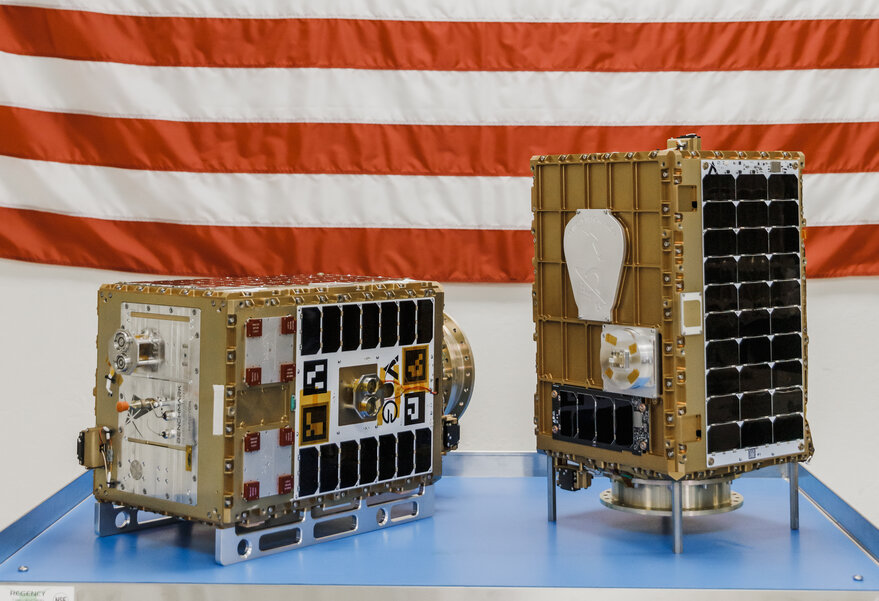SAN FRANCISCO – Capacity is the biggest constraint for Orbital Sidekick, the hyperspectral imaging startup that is acquiring data from Aurora, its first satellite launched in June.
“There’s huge demand for dual-use satellite technology,” Daniel Katz, Orbital Sidekick CEO and co-founder told SpaceNews. “We are working to ramp up production and get hyperspectral data into the hands of customers.”
San Francisco-based Orbital Sidekick is pleased with the performance of the Aurora sensor, which achieved its goal of outperforming NASA Hyperion hyperspectral sensor, Katz said. Hyperion is on the space agency’s Earth Observation-1 satellite launched in 2000.
Orbital Sidekick plans to launch its six-satellite Global Hyperspectral Observation Satellite constellation, known as GHOSt, later this year. While Aurora, like Hyperion, gathers hyperspectral imagery with a resolution of approximately 30 meters per pixel, the GHOSt constellation will “get down to 8 meter ground sample distance, which blows everything else out of the water,” Katz said.
With capacity largely booked for the six GHOSt satellites, Orbital Sidekick is drafting plans to expand production, while hiring to nearly double its 33-person staff by the end of the year.
In-Q-Tel, the U.S. intelligence community’s nonprofit investment arm, recently made a strategic investment in Orbital Sidekick, which already is backed by the AFVentures’s Strategic Financing program. In return, Orbital Sidekick has agreed to share data with In-Q-Tel government partners.
Intelligence agencies increasingly are embracing a hybrid approach to Earth observation, gathering data from government sources and an array of commercial Earth-observation satellites.
Still, Orbital Sidekick remains focused on commercial customers, including North American oil and gas pipeline operators.
“For international expansion and imaging capacity in foreign regions, being able to have a solid base within the defense and intelligence community will be really important,” Katz said.
The first two GHOSt satellites are equipped with sensors that are nearly identical to Aurora’s but are paired with much larger telescopes. The next four GHOSt satellites will feature “a slightly more advanced focal plane array” to achieve better performance, Katz said.
